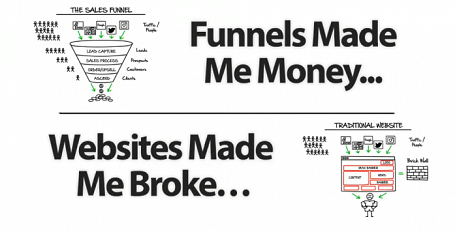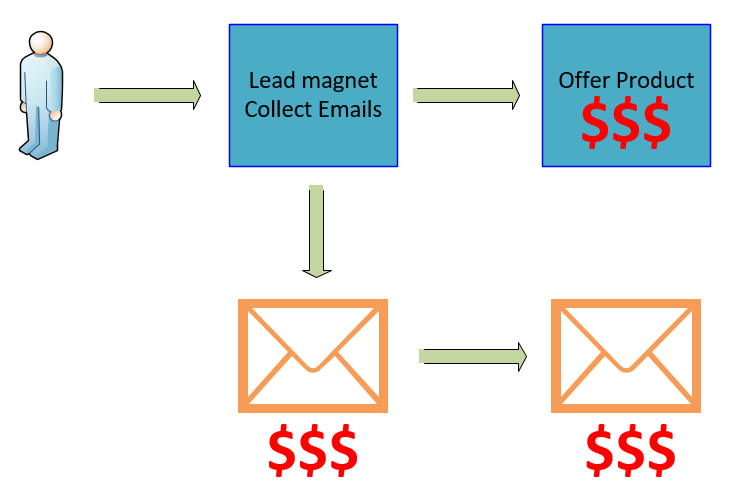Investing Getting Started | Cheatsheet for beginners in investing

In nova days, all of us need to learn about important financial topics. One of those topics related to investment. In this post, I will walk you through getting started with investing. So, this is what I’m going to write about.
First of all, investing is a process when you put your money into assets to work for you. For this purpose, you have to use a stock market. So what is the stock market? Now I’m going to answer this question.
By the way, do you know how Warren Buffett defines investing?
Warren Buffet
Investing is often described as the process of laying out money now in the expectation of receiving more money in the future. [1]
The greatest investor of all time and CEO of Berkshire Hathaway
What is The Stock Market | 101 Investing for Getting Started

The stock market is a marketplace or you can name it an exchange where people can buy and sell shares of stock in companies. If you decide to buy a share in a company, you will own a piece of that particular company. No doubt you want the company to make you a lot of money. There is a chance that the shares of your stock, will increase in value. So that, and in turn, it will make you more money.
At the same time, there is a lot of speculation in the stock marketplace. Investors buy shares of a company in the hope that it will perform well in the future. On the other hand, some investors sell shares of a company, when they believe that the company will perform poorly in the future.
It is important to know, that the company’s performance can help determine the value of a stock share. But it can’t determine the price. The stock price is determined by the market itself. If an investor believes in the success of the company and willing to pay a certain amount for a stock, then this is a factor that dictates the price. In other words, stock prices are based on supply and demand.
Please keep in mind that investing entails a certain amount of risk. Fund investments can increase or decrease in value over time. A similar return in the past does not guarantee a similar return in the future.
Recent stock performance
To understand stock market cycles, let’s revisit the first decade of the millennium (2000-2010 years). At the beginning of the decade, there was a huge drop in the stock market. Lots of investors say that it was related to the tech bubble burst.
Next, in the middle of the decade, the market started to regain some of its losses. However, was dropped again in 2008. If you check the price of the S&P 500 index fund. In the year 1999 Dec, it was 1421. And in 2009 Dec it was 1105 which is about 22.24% of the loss.

Today’s (12 March 2021) price is about (3943). As you can see the market is currently doing much better. In my opinion, we shouldn’t care about what the general stock market is doing. As long as our personal holdings are doing well.
Over the last decades, the market has gotten way more volatile partly due to the not ended financial news cycles. Of course, you have to keep yourself updated. For that, I suggest you check your portfolio once a month. And do not become too worried about how the broad stock market indexes are doing.
Now as you have a basic understanding of how the market works let’s get started on the basics of investing.
Active or Passive Strategy | What Strategy to Use

Investing Strategy
If you evaluate a stock to see if it can outperform a benchmark or the general market as measured by an index, such as Dow Jones, S&P 500, Nasdaq, and so on, you’re using an active investment approach. To be precise, there are two main ways to accomplish this.
First of all, so-called fundamental analysis. This approach involves analyzing a company’s financial statements and discovering their true value.
This approach requires study financial statements to come up with a projection of a company’s future earnings. You will then compare those estimates to the company’s industry and its competitors. There are plenty of good free and paid resources to help you with.
Personally, I use SimplyWall St service, they have a free version which is good for beginners. Then you need to look at the general economic and market situation and make a final decision on whether they will purchase the stock.
Technical research is another form of active management. As a technical analyst, you have to compare the current stock price to previous prices. To decide whether to buy or sell a stock, you have to examine stock charts and analyze price, volume, and hundreds of other indicators.
The passive management investing approach, on the other hand, aims to replicate the success of a stock index such as the Dow Jones, S&P 500 index fund prices, Nasdaq, etc. You’re simply trying to match the market’s performance with this approach.
If this is the case, you would simply purchase index mutual fund or exchange traded fund shares, which should have lower expenses than actively managed funds.
Getting Started with Assets Classes in Investing

An asset class is a group of securities with similar characteristics but different risk and return potential. Stocks, shares, and cash are the three main asset classes. There are also alternative asset types, such as real estate and commodities, that are referred to as alternatives.
Stocks
When you purchase a stock, you are ultimately investing in a company. You want to be a part of a company’s success if it’s doing well. Stock prices are subject to supply and demand fluctuations. If the price of a stock rises or if a business pays a dividend, you will benefit.
A dividend is a payment made by a corporation to an investor for the investor to share in the company’s income. So you can either take the dividend as cash and do whatever you want with it, or you can reinvest it in their stock shares and benefit from the compound effect.
Do you know what is the compound effect?
Imagine you invest 10,000 EUR and earn a 10% return, your capital will rise by 1000 EUR. If the return is 10% a year, the capital would rise by 1100 EUR since you already have 10 000 EUR in your own investments and 1000 EUR from the first year’s return. The compounded impact will make a huge difference in the long run.
Bonds
A bond is a fixed-income security that reflects an investor’s loan to a borrower. Most of the time they are corporate or government. A bond may be thought of as a promissory note between the lender and the borrower that outlines the loan’s terms and payments. Companies, counties, states, and sovereign governments all use bonds to support programs and operations.
Bondholders are the issuer’s debtholders or creditors. The end date when the principal of the loan is due to be paid to the bond owner is normally included in the bond details, as are the conditions for the borrower’s variable or fixed interest payments.
Getting Started with Taxes in Investing
When it comes to investing, it’s important to consider the tax consequences. On dividends and interest, there are capital gains taxes and ordinary income taxes. Bear in mind the tax consequences, but don’t let them dictate your decisions.
Know that your investment portfolio in a tax-deferred account will expand without being taxed each year. You have the option of deferring your taxes before the end of the year.
Final Words
Long-term ambitions, such as retirement, college, or big purchases, must be planned for in addition to saving and making sure you have enough money for your daily expenses. The first step in that approach is to learn how to invest. For this purpose, you event don’t need to spend real money. You can just open a demo account in a broker you choose. For example, I have used the Etoro risk free demo account.
This post I wrote for you will help you get started. But your journey is far from over. This is only my first post in the series related to investing.
Taking the time to read this post was an excellent first move, but now you must act. So many people will read a post and then fail to act upon it.
It’s time to start investing if you really want to profit from it. I wish you all the best and keep an eye out for more posts in this series. As you have learned the basics of investment now you may want to start learning how to rank stocks. So that you can make a better decision.
By the way, why not check the Passive Income Ideas post you definitely find something which works for you!
This post’s content is not intended to be investment advice and does not constitute an offer to perform any operations in the regulated or unregulated financial market.









Hello! Just finished reading your article on A/B testing with ClickFunnels—what an insightful read! Your breakdown of the A/B testing…